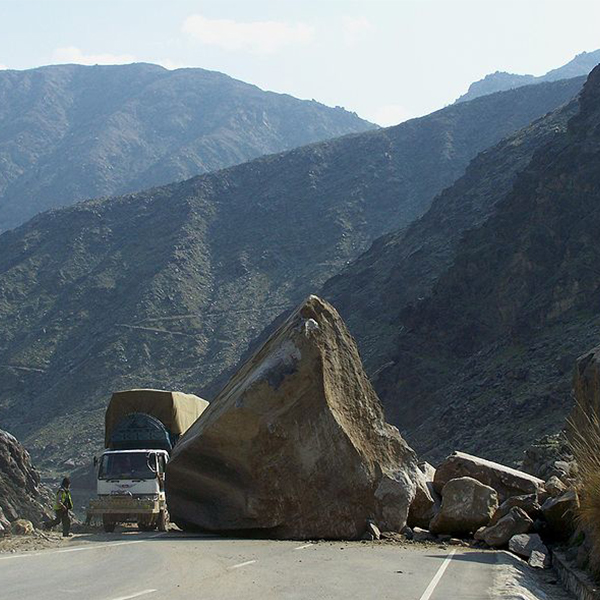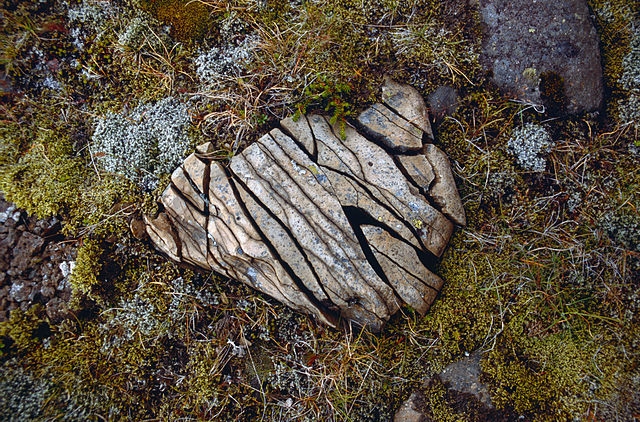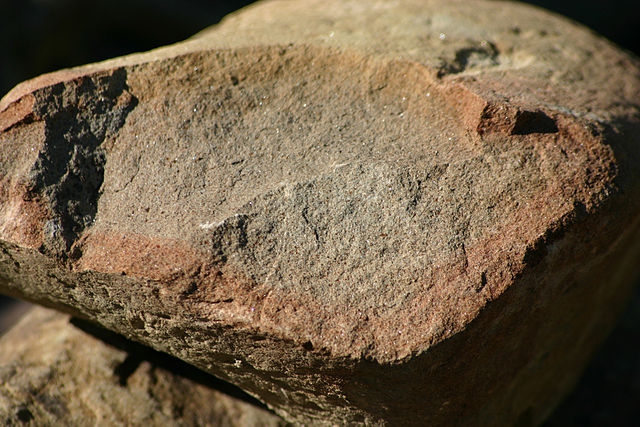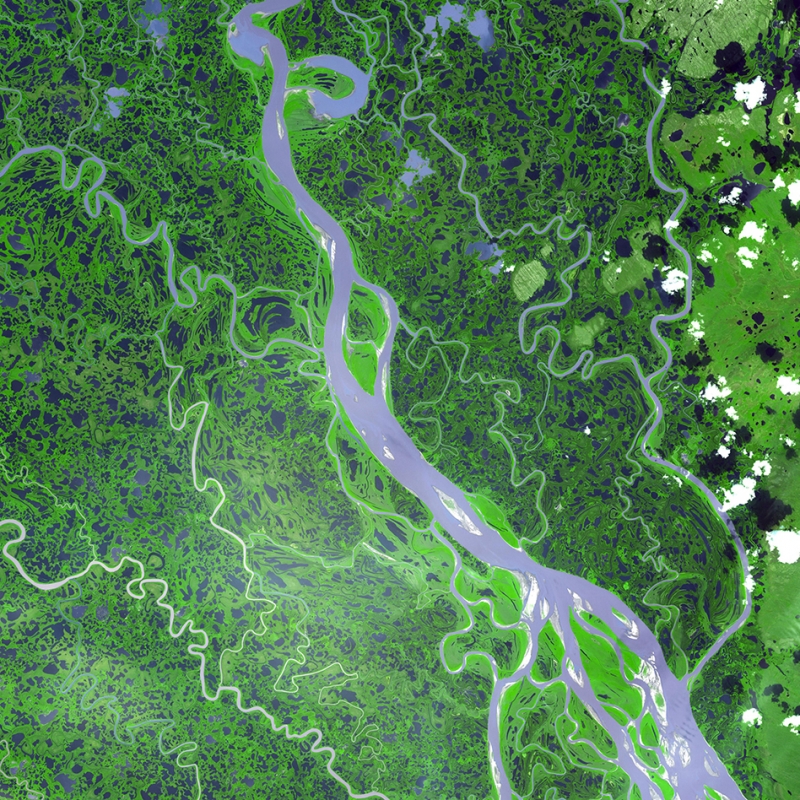The Processes that Shape Landforms

Rockfall on road (Sven Dirks [CC BY-SA 4.0], Wikimedia Commons)

Rockfall on road (Sven Dirks [CC BY-SA 4.0], Wikimedia Commons)
7.8
How does this align with my curriculum?
Curriculum Alignment
BC
5
Science Grade 5 (June 2016)
Big Idea: Earth materials change as they move through the rock cycle and can be used as natural resources.
BC
12
Geology 12 (June 2018)
Big Idea: Minerals, rocks, and earth materials form in response to conditions within and on the Earth’s surface and are the foundation of many resource-based industries.
BC
12
Geology 12 (June 2018)
Big Idea: The form, arrangement, and structure of rocks are affected by three-dimensional forces over time.
YT
12
Geology 12 (British Columbia, June 2018)
Big Idea: Minerals, rocks, and earth materials form in response to conditions within and on the Earth’s surface and are the foundation of many resource-based industries.
YT
12
Geology 12 (British Columbia, June 2018)
Big Idea: The form, arrangement, and structure of rocks are affected by three-dimensional forces over time.
YT
5
Science Grade 5 (British Columbia, June 2016)
Big Idea: Earth materials change as they move through the rock cycle and can be used as natural resources.
AB
8
Knowledge and Employability Science 8, 9 (revised 2009)
Unit E: Freshwater and Saltwater Systems
BC
11
Earth Sciences 11 (June 2018
Big Idea: Earth materials are changed as they cycle through the geosphere and are used as resources, with economic and environmental implications.
BC
12
Geology 12 (June 2018)
Big Idea: Weathering and erosion processes continually reshape landscapes through the interaction of the geosphere with the hydrosphere and atmosphere.
NU
8
Knowledge and Employability Science 8 (Alberta, Revised 2009)
Unit E: Freshwater and Saltwater Systems
YT
11
Earth Sciences 11 (British Columbia, June 2018
Big Idea: Earth materials are changed as they cycle through the geosphere and are used as resources, with economic and environmental implications.
YT
12
Geology 12 (British Columbia, June 2018)
Big Idea: Weathering and erosion processes continually reshape landscapes through the interaction of the geosphere with the hydrosphere and atmosphere.


